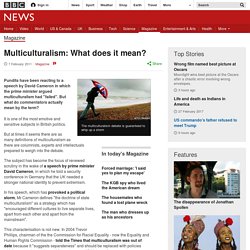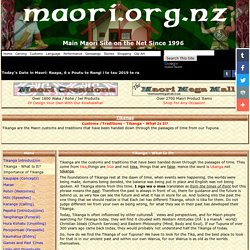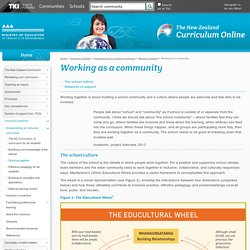

Home - Ako Panuku, Maori teacher, Professional development planning. EDtalks. Asd maori. Education Review: New Zealand's Latest Education news on Teaching, Students, Schools, Learning, Collaboration, Special Education, Te Reo, Best Practice, Exchange Programmes, Leadership and Curriculum. How can we do the best we can for young children in early childhood services?

“Much of my research over the past two decades has been an attempt to answer this question,” says Victoria University’s Professor Carmen Dalli. With 94.7 per cent of children starting school having experienced some form of early childhood education, and enrolment in early childhood services continuing to grow for all age groups, participation rates for under-2s year olds have grown the fastest, doubling over the last decade.
The average hours of attendance for under-2s have also increased from 14 hours per week in 2002 to 20 hours per week in 2011. Clearly, shared care between the home and early childhood services is an increasingly common experience for children and families. Contemporary childhood is not what it used to be. “This is not necessarily a bad thing – but it is definitely a new reality for children’s lives to which as a society we must make a responsible response,” says Dalli. AENJ.1.1.Singham. Supporting children and young people with autism spectrum disorder (ASD) Multiculturalism: What does it mean? Pundits have been reacting to a speech by David Cameron in which the prime minister argued multiculturalism had "failed".

But what do commentators actually mean by the term? It is one of the most emotive and sensitive subjects in British politics. But at times it seems there are as many definitions of multiculturalism as there are columnists, experts and intellectuals prepared to weigh into the debate. The subject has become the focus of renewed scrutiny in the wake of a speech by prime minister David Cameron, in which he told a security conference in Germany that the UK needed a stronger national identity to prevent extremism.
Maori Proverbs with their English Translation - Whakatauki. Whakataukī (proverbs) play a large role within Maori culture.

They are used as a reference point in speeches and also as guidelines spoken to others day by day. It is a poetic form of the Maori language often merging historical events, or holistic perspectives with underlying messages which are extremely influential in Maori society. Proverbs are very fun to learn and loaded with advantages within language learning. They can be interpreted as you see fit, and as your Maori improves try translating them to dive deeper in their meanings.
There are countless proverbs and it will be very useful for you to remember as much as you can. Whāia te iti kahurangi ki te tūohu koe me he maunga teitei Seek the treasure you value most dearly: if you bow your head, let it be to a lofty mountain. Tikanga - Maori Customs and Traditions @ maori.org.nz. Tikanga are the customs and traditions that have been handed down through the passages of time.

They come from tika,things are true and not teka, things that are false. Hence the word is tikanga not tekanga. The foundations of Tikanga rest at the dawn of time, when events were happening, the worlds were being made, domains being decided, the balance was being put in place and English was not being spoken. All Tikanga stems from this time. I nga wa o mua translates as from the times of front but this phrase means the past. Today, Tikanga is often influenced by other cultures´ views and perspectives, and for Maori people searching for Tikanga today, they will find it clouded with Western Attitudes (It´s a mans´ world) Christian Ideals (Church Services) and Eastern Philosophy (Mind, Body and Soul). So, how do we find the Tikanga of our Tupuna?
Te Taura Whiri i te Reo Māori. Working as a community / Working together / Implementing an inclusive curriculum / Inclusive practices. Working together is about building a school community and a culture where people are welcome and feel able to be involved.

People talk about "school" and "community" as if school is outside of or separate from the community. I think we should talk about "the school community" – where families feel they can come and go; where families are involved and know about the learning; when whānau can feed into the curriculum. When these things happen, and all groups are participating more fully, then they are working together as a community. The school needs to be good at breaking down that invisible wall. Academic, project interview, 2013 The school culture The culture of the school is the climate in which people work together. The wheel is a visual representation (see Figure 2), showing the interactions between four dimensions (unpacked below) and how these ultimately contribute to inclusive practice, effective pedagogy, and pūmanawatanga (overall tone, pulse, and morale). Return to top. Nga taonga whakaako bicultural competence in early childhood education.